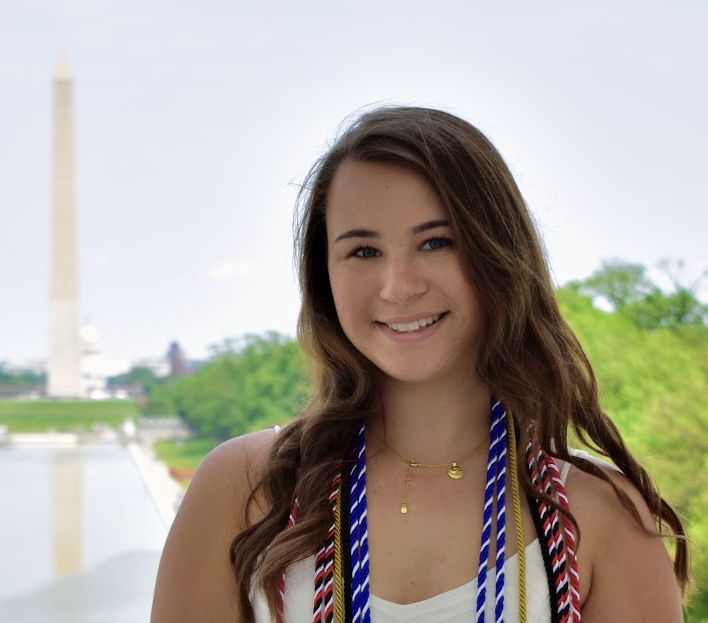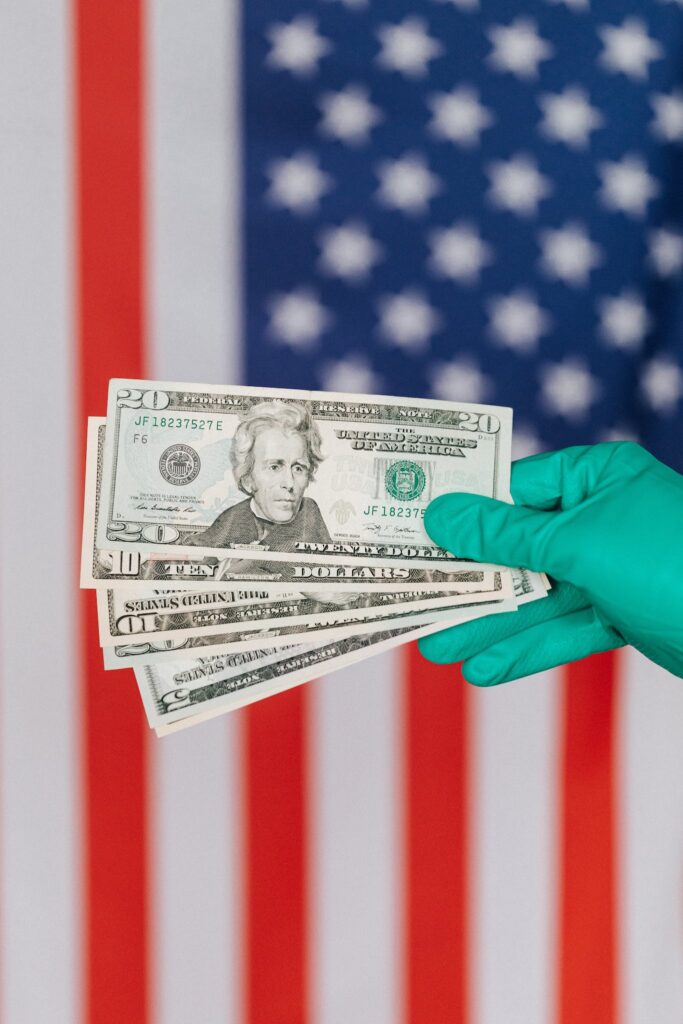- The St. Paul, Minnesota School District has set an impressive example of how others should approach spending their COVID relief funds. By prioritizing transparency and community involvement, parents can be confident that the funds are reinvigorating student achievement in public schools.
The Coronavirus pandemic brought countless adverse effects upon our children in particular, not the least of which were drastic declines in student learning. Of course, in an attempt to combat the implications of this, the federal government has sent relief funds to states.
As of the end of October, North Carolina has spent $5.1 billion of the $6.2 billion they have received from the federal government since 2020. We do not yet know whether that allocated money has begun to reverse the decline in learning wrought by the pandemic.
Amid a group of states that are squandering the relief funds sent to them by the federal government, there is one noteworthy school district which sets a great example of how these funds should be spent if the desired outcome truly is restoring student achievement. The St. Paul, Minnesota, school district has done an impressive job of tracking its money flow and assessing the effectiveness of the money spent from this COVID relief fund in public schools.
In October, The 74 Million wrote of the St. Paul school district,
Earlier this year, St. Paul Public Schools drew national recognition for transparency in deciding how its pandemic relief funds are used. Now, as the last of that unprecedented influx of federal dollars is being spent, the district is inviting the public to help determine how well the money was invested – and decide which efforts to fund in the next budget. Four of ten seats on a new finance advisory committee will be filled by community members, starting in a few weeks – the first time the public has been given a formal role in fiscal oversight. To recruit new voices, priority will be given to people who have not previously volunteered with district governance but have ties to schools and some knowledge of finance. These school board members and three district executives, including Superintendent Joe Gothard, will round out the committee.
St. Paul is prioritizing transparency (something parents want) by encouraging community engagement and participation. This makes the public a welcome participant in ensuring that the COVID relief fund is spent wisely.
The latest data from the NC Department of Public Instruction tells us that 22 percent of COVID relief funds went to Supplies and Materials, 11 percent to Capital Outlay, 15 percent to purchased services and “other” expenses, and 52 percent to Salaries and Employee Benefits. This begs the question of how or if school districts are prioritizing student achievement.
North and South Carolina school districts would be wise to review St. Paul’s approach. After reading how the Minnesota school district prioritizes students, parents, and transparency, their local constituents may ask about it.

